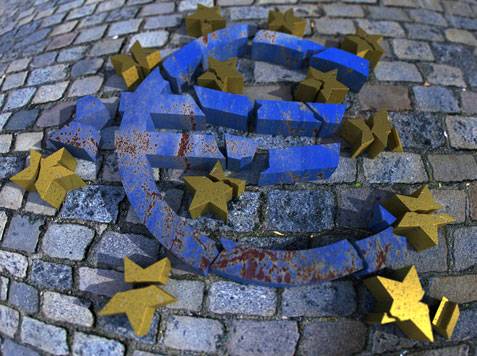The US dollar edged lower on Thursday morning, giving up part of the gains recorded the previous night as traders digested the outcome of the Federal Reserve meeting and the results of trade talks between the United States and China.
At 05:20 a.m. ET (09:20 GMT), the US Dollar Index — which measures the greenback’s performance against a basket of six major currencies — slipped 0.1% to 98.950 after touching a two-week high on Wednesday.
Dollar supported by fading rate-cut expectations
The Federal Reserve cut interest rates by 25 basis points to a range between 3.75% and 4.00%, a move that was widely expected. However, uncertainty remains over whether another reduction will come later this year amid limited economic data due to the ongoing US government shutdown.
In a press conference following the decision, Fed Chair Jerome Powell said another similar rate cut in December was “far from guaranteed.”
After his comments, traders lowered their expectations for a December rate cut to 71%, down from 90% previously.
Analysts at ING wrote: “The Fed’s message makes it difficult to sell the dollar now. We would need very weak labor market data for markets to price in an additional 75-basis-point cut next summer — otherwise, even one more 25-point cut may drop out of current pricing.”
The dollar also found support from lingering uncertainty surrounding trade negotiations between US President Donald Trump and Chinese President Xi Jinping.
Trump described the meeting — the first between the two leaders in six years — as “wonderful” and announced that the United States would immediately reduce tariffs on Chinese goods.
He added that Beijing had pledged to help combat the smuggling of chemicals used in producing the opioid fentanyl and agreed to suspend export restrictions on rare earth metals.
However, analysts at Vital Knowledge said these developments “do not fundamentally change the current state of US–China trade relations.”
Euro supported by French GDP data
In Europe, the euro rose 0.2% to 1.1618 against the dollar after data showed that France — the eurozone’s second-largest economy — grew by 0.5% in the third quarter, exceeding market expectations of 0.2%.
The French economy had previously expanded by 0.3% in the second quarter.
Investors now await the region-wide GDP figures later in the day, expected to show quarterly growth of just 0.1%, or 1.2% year-on-year.
ING analysts noted: “While sentiment indicators have improved, actual data over the summer were weak. Without a major upside surprise in eurozone GDP, it will be hard for EUR/USD to gain further traction.”
The European Central Bank is expected to keep interest rates unchanged at its meeting later today. ING added: “We doubt that President Christine Lagarde will seek to shift market expectations, which currently lean only slightly toward a new rate cut within the next nine months.”
Sterling steady, yen weaker
The British pound edged up 0.1% to 1.3199 but remained near Wednesday’s five-and-a-half-month low.
In Asia, the dollar gained 0.7% against the yen to 153.74 after the Bank of Japan left interest rates unchanged and maintained a cautious outlook on the economy.
The central bank warned that Japan’s economy faces increasing near-term uncertainty but reiterated that its accommodative stance will help cushion the impact. It also reaffirmed that it will raise rates only if its projections for growth and inflation are met.
Meanwhile, China’s yuan slipped 0.2% to 7.1089 against the dollar following the conclusion of the Trump–Xi meeting, retreating from its strongest level in a year.
Speaking to reporters after the meeting, Trump said he expects a trade agreement with China “very soon,” adding that both sides also reached deals covering rare-earth minerals and agriculture.


